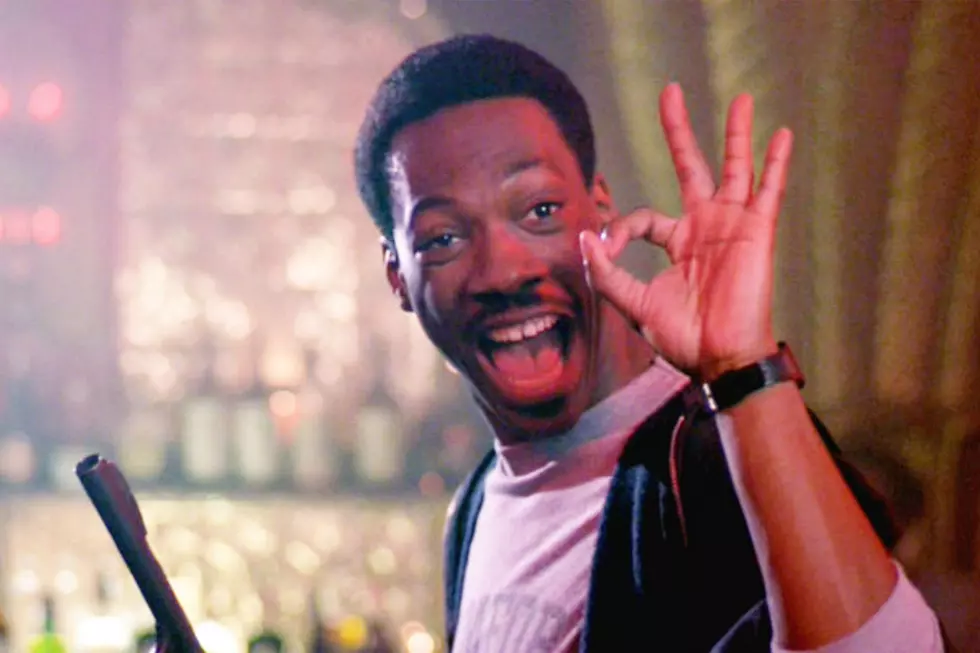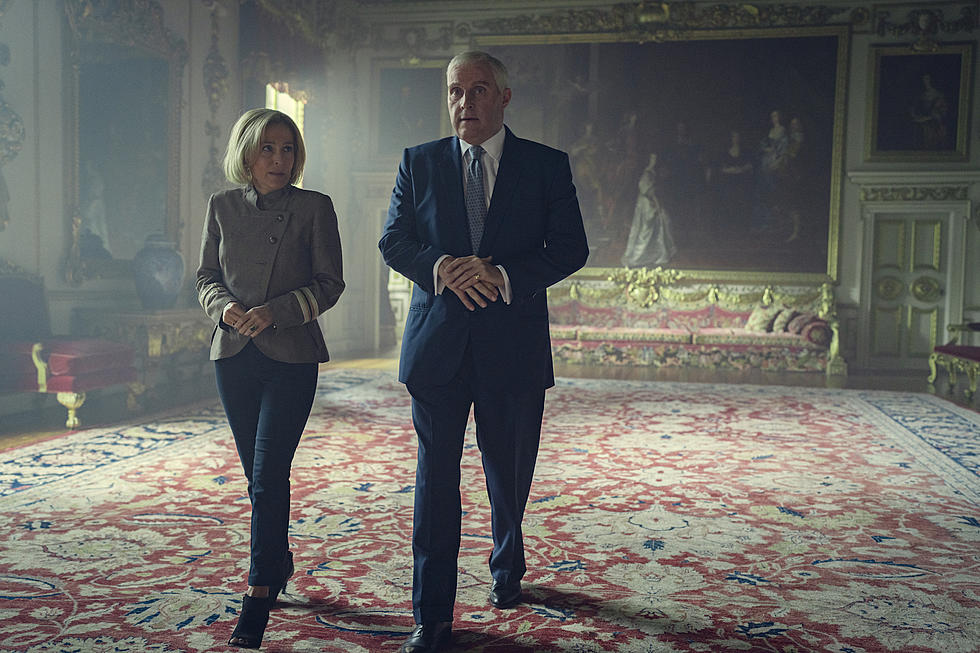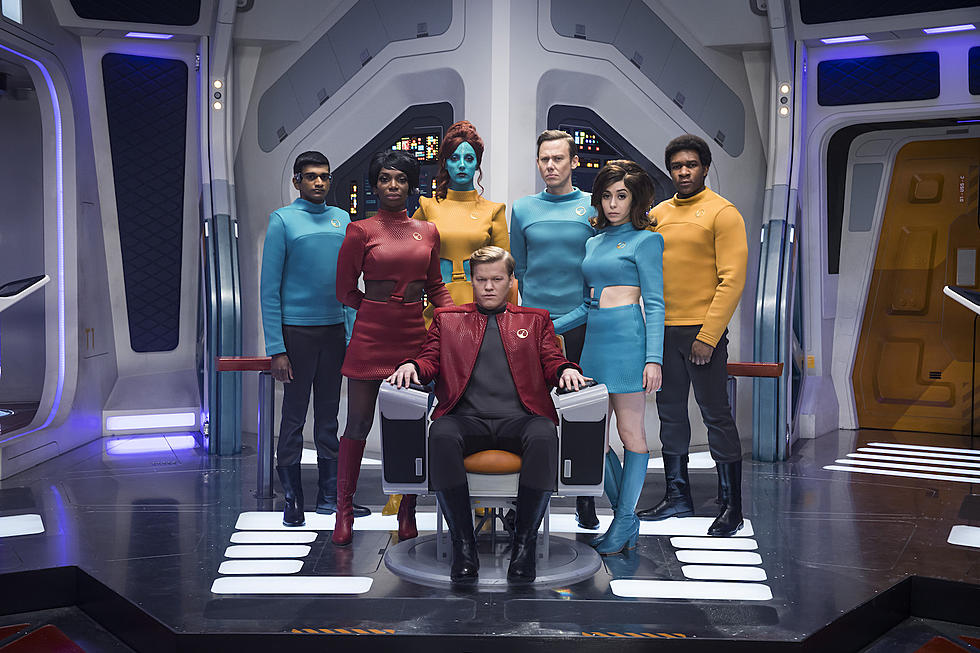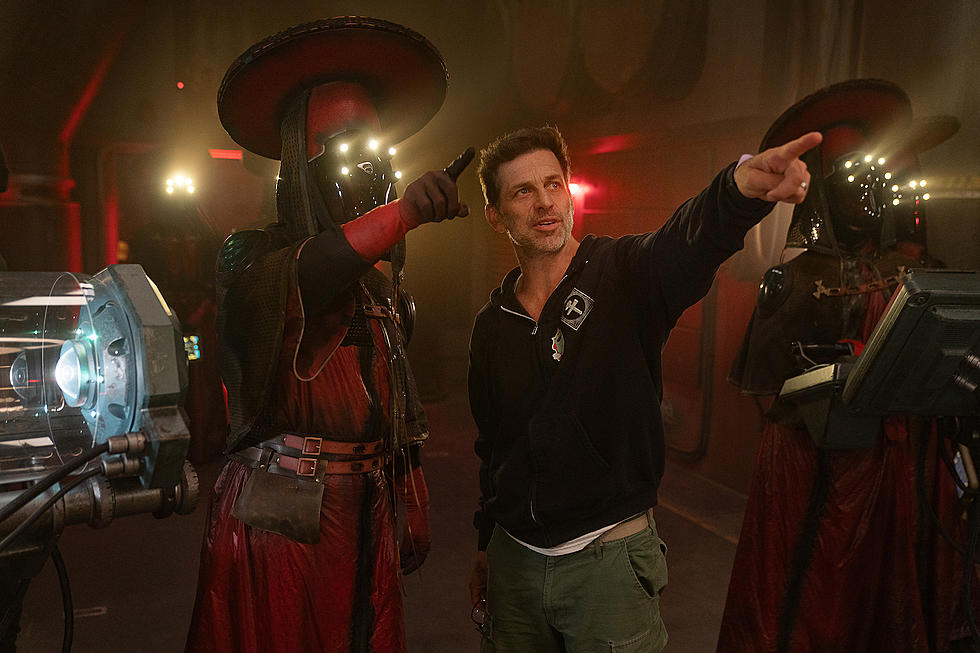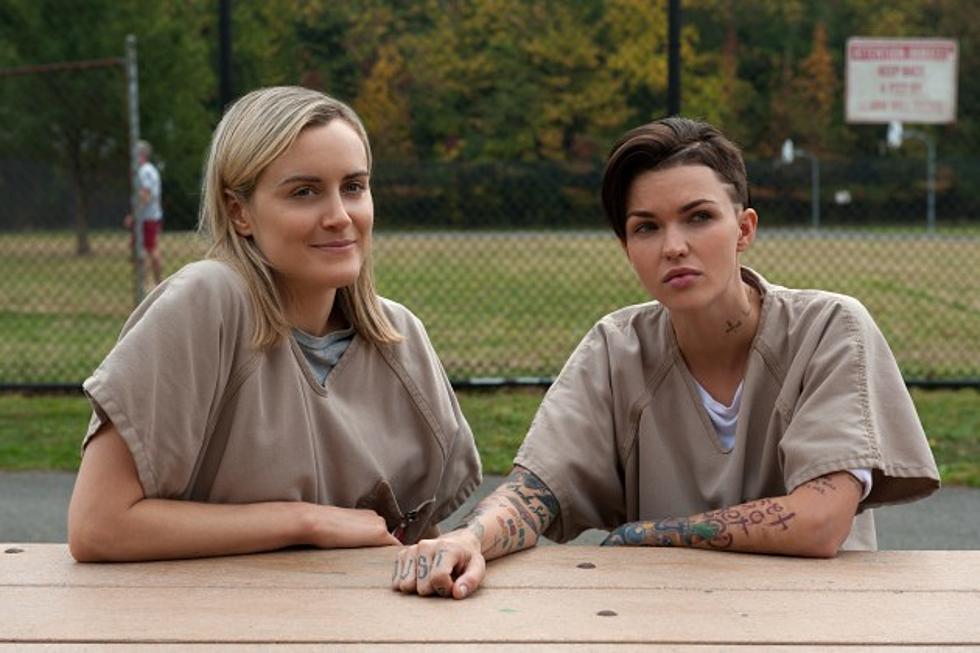
Netflix Popularized Binge Watching, So Why Are They Now Trying to Kill It?
In the summer of 2013, my wife and I watched the first season of Orange Is the New Black in seven days. In the summer of 2014, we watched the second season of Orange Is the New Black in eight days. This summer, we watched the third season of Orange Is the New Black.
It took us 67 days.
There were a couple extraneous reasons for the delay, including a weeklong vacation, but not many. While we thoroughly enjoyed this season of OITNB, it didn’t hook us as deeply as previous years. That compulsion to plow through episode after episode simply wasn’t there. We took our time, watching an episode every so often between other serialized dramas and reality shows from network TV.
Our sluggish progression through OINTB: Season 3 came a few months after it took us three times longer to get through House of Cards’ third season as it did the second, which we devoured, Joey Chestnut-style, over the course of a single weekend. In between, I struggled to get through the first seasons of Netflix’s Daredevil (based on a comic book I love) and Sense8 (directed by filmmakers I love, the Wachowskis). I didn’t even try Bloodline — even though it starred an actor I love, Kyle Chandler of Friday Night Lights (a show the wife and I housed all 76 hours of in just 149 days in 2012) — after the general consensus from critics and friends was that the season was “tortuously slow.”
“Netflix is the perfect medium for binge-watching, but more and more the shows they’re releasing are not.”
Those reviews didn’t surprise me in the slightest. Increasingly, when a Netflix series is recommended to me, it almost always comes with a variation on the same caveat:
“You have to stick with it. The first six episodes are really slow. But if you stick with it, it gets good.”
(This from people who moan and groan when I tell them a new movie is two hours and 20 minutes long. But that’s a subject for another time.)
To be sure, all these shows were written and directed by different creators with different goals, and your experience watching them might be very different than mine. But it’s hard to argue that all of these shows produced for (or released through) Netflix share a similarly methodical pace, along with a structure that emphasizes the importance of whole seasons over individual episodes.
At Vox, Todd VanDerWerff recently called these shows “a new art form — not quite TV and not quite film,” one that has sprung out of the viewing habits of Netflix users and the programming habits of Netflix executives, who rejected the traditional network television model of distributing new episodes weekly in favor of dumping entire seasons online all at once. Comparing his experience watching Halt and Catch Fire episodically on AMC to a colleague who watched the show in one big chunk on Netflix, VanDerWerff suggested that:
“…binge-watching fundamentally changes the basic unit of cinematic storytelling from the episode (30 to 60 minutes) or film (90 to 180 minutes) to the season, which can run well into the hundreds of minutes. And storytellers aren’t just adjusting to this; they’re increasingly catering to it, telling longer and longer stories.”
If true, that’s a canny move by television creators to play to an audience craving bingeable content. Lord knows I certainly enjoy a series I can guzzle down like a frat boy doing a keg stand. Before Netflix offered their streaming service, I once ran (literally ran down the street!) to get to my local video store before it closed in order to rent the last disc of the first season of Alias. A few months later, I stayed up all night watching the back half of the second season of The Wire. It was dawn by the time I finished “Port in a Storm”; I’d watched seven episodes in one night without a break. I didn’t have any kind of deadline to return the DVDs, and I had to work the next day. But I just couldn’t stop watching.
Many of the best shows of the last 15 years were highly addictive; The Sopranos, Lost, FNL. As TV storytelling got richer (and more shows became available in total as DVD box sets or on DVRs), binge-watching became more prevalent. The rise of Netflix Instant only fueled that process; now everything was available, right at your fingertips. No more late-night dashes to the video store, no more discs out of stock. You don’t even have to use your remote to binge-watch a show on Netflix; when one episode ends, Netflix autoplays you right into the next.
Lately, though, I find myself reaching for that remote to cancel the autoplay before it can kick in. The latest season of Orange Is the New Black features some of the show’s funniest moments, and one of the deepest and richest supporting casts in the history of television. But it also lacked the driving narrative force of previous years; there was no Vee to challenge Litchfield’s established hierarchy, nor a true will-they-won’t-they? love triangle like the one that enveloped Piper, Larry, and Alex. House of Cards’ third season meandered through a variety of storylines, none as gripping as Frank Underwood’s Machiavellian ascent to the Oval Office. I made it seven hours into Sense8, and when I gave up the show was still laying expository groundwork. More than halfway through its first season, most of the main cast were still trying to understand their powers and their connections to the other characters.
Great TV shows may have sparked binge-watching, and binge-watching may have sparked this so-called “new art form,” but Netflix’s new art form feels oddly resistant to binge-watching. By downplaying the importance of individual episodes in favor of longform narratives, the company has also downplayed the propulsive storytelling style and shocking cliffhangers that define the best binge-watch shows. A television show structured as a one giant 13-hour story can be highly absorbing. But without those big hooks and twists at the end of every episode, it’s very difficult to make it addictive.
Again, some of this is a matter of taste. Someone reading this might have really enjoyed the first season of Daredevil, or gotten a lot out of the last season of House of Cards. But it’s tough to dispute that, on the whole, Netflix’s series move more deliberately than their TV-first counterparts. According to Netflix’s chief content officer, Ted Sarandos, that’s a conscious choice on his part. He told VanDerWerff that “The first season of Bloodline is the pilot. It’s not like the first episode of Bloodline is the pilot.” Netflix is the perfect medium for binge-watching, but more and more the shows they’re releasing are not.
The thing I’ve really struggled with here is the why; why, if Netflix has built an audience on binge-watching, would they produce so much content that’s difficult to binge-watch. Audiences’ attention spans are getting shorter, not longer. In that environment, it seems like the logical approach is to make shows as peppy as possible; to deny viewers any excuse to change the channel or look away. That’s how television’s always done things, and it’s worked well for more than half a century.
When Netflix started dumping entire seasons online at once, though, they did more than alter the release and reception of television; they also endangered their primary revenue stream. They know their customers like to binge-watch. They know that intricately serialized stories with hugely suspenseful cliffhangers tend to provoke that sort of binge-watching. But they also know that they make their money on subscriptions, on users plunking down their eight bucks month after month. If users did a little too much binge-watching, particularly of Netflix’s exclusive content, that could potentially threaten renewals. If viewers demolished a whole season of House of Cards in a single weekend, and they know there won’t be a new season of House of Cards for another 18 months, they have one less reason to re-up their subscription in the short-term.
Netflix’s new art form, whatever we want to call it, encourages users to consume at a slower rate; to savor rather than gorge. To be sure, that’s a delicate balance to strike. Breathless pacing might encourage viewers to finish a show too quickly and seek entertainment elsewhere; excessively plodding pacing could push the audience to permanently tune out. But get it just right and you can snare customers in an endless viewership cycle. Making Orange Is the New Black compelling enough to keep me coming back — but not so addictive that I watched it all at once — meant that Netflix guaranteed my subscription for two full months. It also meant I finished the show just in time to watch the next Netflix series, Narcos, which premieres on the service this Friday. The early reviews for the show, a docudrama about the Medellin drug cartels, describe its “loping narrative cadence” and “an endless barrage of exposition.”
That doesn’t sound like a great show to binge-watch. But I bet if you stick with it, it’ll get good — just in time for Netflix’s new Aziz Ansari series, Master of None. That might start slow, but hang with it; there’s Marvel’s Jessica Jones on the way. And if that seems like it gets off to a slow start, don’t give up; BoJack Horseman season three is due in 2016. That might not grab you right away, but don’t quit; Luke Cage is right around the corner.
More From ScreenCrush


